Securitization: What Is It, and How Does Blockchain Affect It?
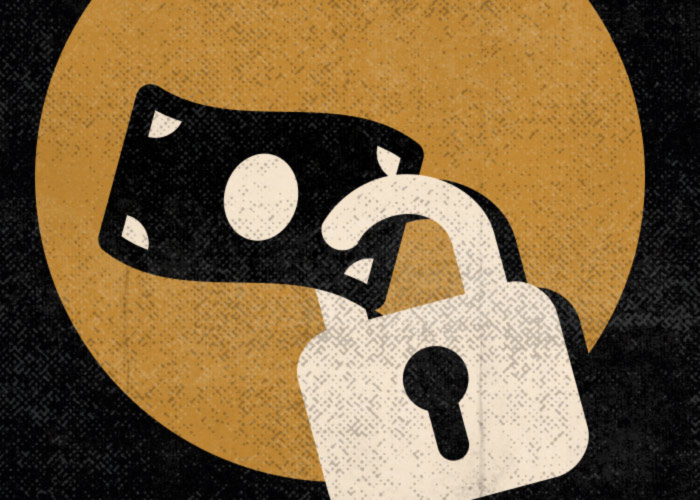
Recent research suggests that DeFi protocols may soon be integrated into traditional finance. This is greatly facilitated by the securitization process, which has traditionally attracted high investor interest.
Let’s break down what securitization is and how blockchain technology can change and simplify it.
What Is Securitization?
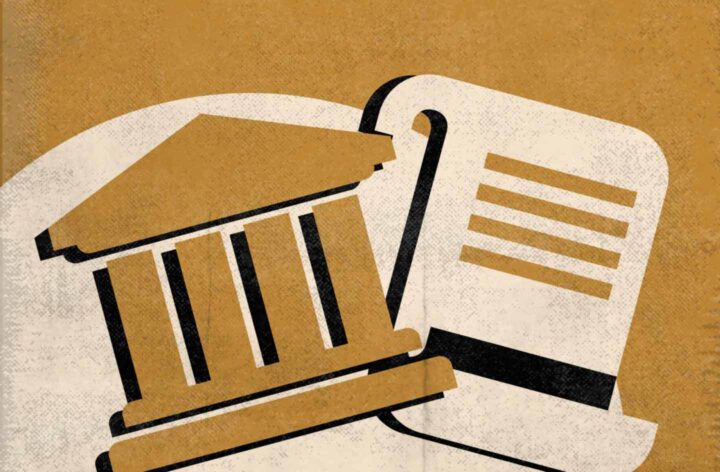
Securitization is the process of issuing securities backed by financial assets that generate a stable income. Securitization is one way of obtaining additional financing, allowing you to create a liquid asset from an illiquid asset and bring the new asset to the market.
Securitization originated in the United States in 1977 and was initially applied only to mortgages, enabling banks to make housing loans with “long” payments and profit from them almost instantly by selling them to outside investors. The mechanism, and the term itself, was invented by Lewis Ranieri, ex-Vice President of Salomon Brothers.
Now securitization is recognized in all countries and has become an integral part of economic processes, being a tool for maintaining the stability and liquidity of assets. According to the analytical data of Cardo AI, the total volume of securitized assets in Europe amounted to €55.8 billion in 2022.
The securitization algorithm can be divided into several stages:
- The securitization organizer, which can be a bank or any organization that initiates the process, evaluates the asset and forms an investment portfolio that can be divided into several parts.
- The organizer sells the created portfolio or its part to a Special Purpose Vehicle (SPV), which will act as the issuer of securitized assets. As a rule, the SPV in this context is a “straw company” established specifically for the implementation of a particular project. Its main task is to separate securitized assets from the organizer’s other financial instruments.
- The SPV issues securities backed by assets from the organizer’s portfolio, assessing their risk level and dividing them into tranches.
- The SPV initiates the sale of securities to investors.
- Funds received from investors are indirectly returned to the organizer.
This sounds rather complicated and confusing, however, in fact, it’s quite simple. Here’s an example. Let’s assume that a bank issues a mortgage loan for a house, meaning it’s a stable income for a bank, but an asset is illiquid because payments will be coming in installments over an extended period of time. A bank decides to issue bonds secured by the loan and sell them to investors. This way, a bank will receive the entire loan amount at once, along with dividends, and the borrower’s repayments and interest on arrears will go to investors.
Securitization can’t affect the asset itself or the borrower. It’s only a way to raise capital here and now. Securitization also reduces the risks of organizers associated with loan arrears and defaults.
For investors, securitized assets are interesting for several reasons:
- a variety of maturities and collateral;
- high yields as compared to corporate bonds;
- monthly dividends.
However, there’s a major downside for investors regarding this kind of securities — the risk of the borrower’s insolvency. The borrower essentially becomes a debtor of the investor after buying securitized assets, and in case of their insolvency, the investor’s profit will be equal to zero, and there’ll be no opportunity to resell such bonds. There’s also the flip side of the process — if the borrower pays back the loan prematurely, the investor will only get the funds invested in the bonds and lose the profit, which is often accrued on the interest on the loan.
Assets That Can Be Securitized
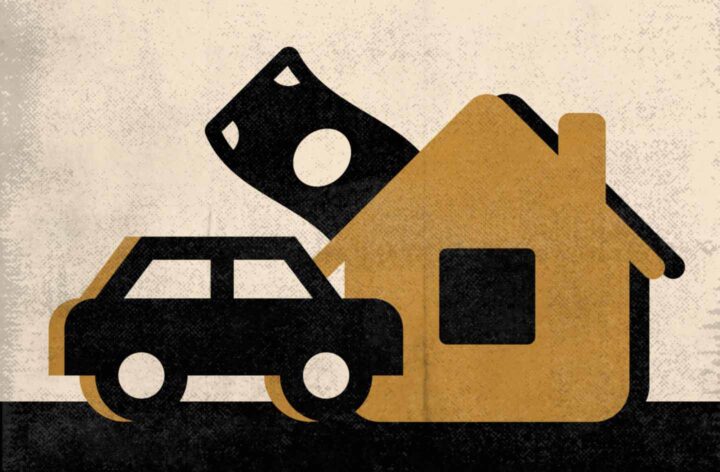
Assets that can be securitized include:
- housing loans;
- car loans;
- student loans;
- lease agreements;
- royalty rights;
- real estate lease agreements;
- potential export earnings from the sale of raw materials.
Of course, the list isn’t complete because absolutely any assets that can potentially generate a stable income are suitable for securitization.
Key Disadvantages of Asset Securitization
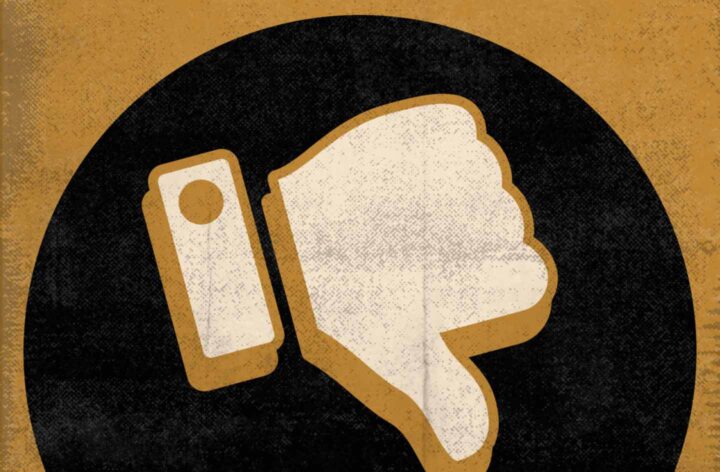
The primary drawback of securitization can be considered the complexity of the process itself. This is due to the high interest on the part of financial regulators who closely monitor compliance with all norms and rules of risk assessment for assets planned to be securitized. The securitization sphere owes such close attention to the fact that it became one of the reasons for the world financial crisis in 2008.
That’s why the “straw companies” are created. Besides, in order to securitize an asset “correctly” and not get caught in the crosshairs of financial regulators, one has to take into account economic, geopolitical, and regulatory changes. And that requires knowledge of the laws and regulations of various jurisdictions, especially if the securitized assets will be cross-border in nature.
There are several disadvantages to securitization:
- Challenges with controlling the integrity of large amounts of information.
- Maintenance of massive databases often has high costs.
- Obtaining complete information about all parts of a securitized asset in real time without the use of innovative technology is virtually impossible.
- The investor often doesn’t have direct access to much of the data that has been taken into account as part of the risk assessment of the asset.
- Absolutely all securitized asset transactions require party approval and certification, making the process slow and dependent on third parties.
- Transactions with securitized assets have a low level of transparency, so investors often avoid them.
Blockchain Solves Securitization Problems
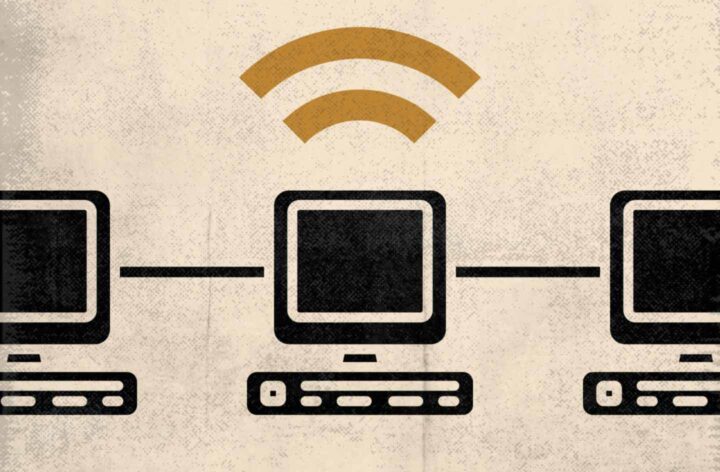
The development of blockchain technology opens up new opportunities for its application in the traditional financial services sector. For instance, emerging technologies can also solve several global problems of asset securitization:
- Database management. Recording securitized asset data on a blockchain not only allows you to quickly track any information about a particular asset but also significantly reduces the cost of maintaining such databases.
- Risk retention. All risk retention requirements are prescribed by the organizer in smart contracts and will be enforced automatically, with no lengthy checks required.
- Updating information. The decentralized ledger updates any information in real time and makes it available to all parties involved in the transaction.
- The need for constant reconciliation. With blockchain, all transactions involving securitized assets will be automatically recorded on the ledger, without intermediaries or additional validation by the parties.
- Transparency. The use of blockchain technology makes the process completely open to all participants, which greatly increases investor interest in securitized assets.
Thus, blockchain can streamline and structure absolutely all stages of the securitization process and reduce transaction costs. Decentralized systems can provide full transparency of securitization, speed up document flow, and simplify the interaction process between the participants.











